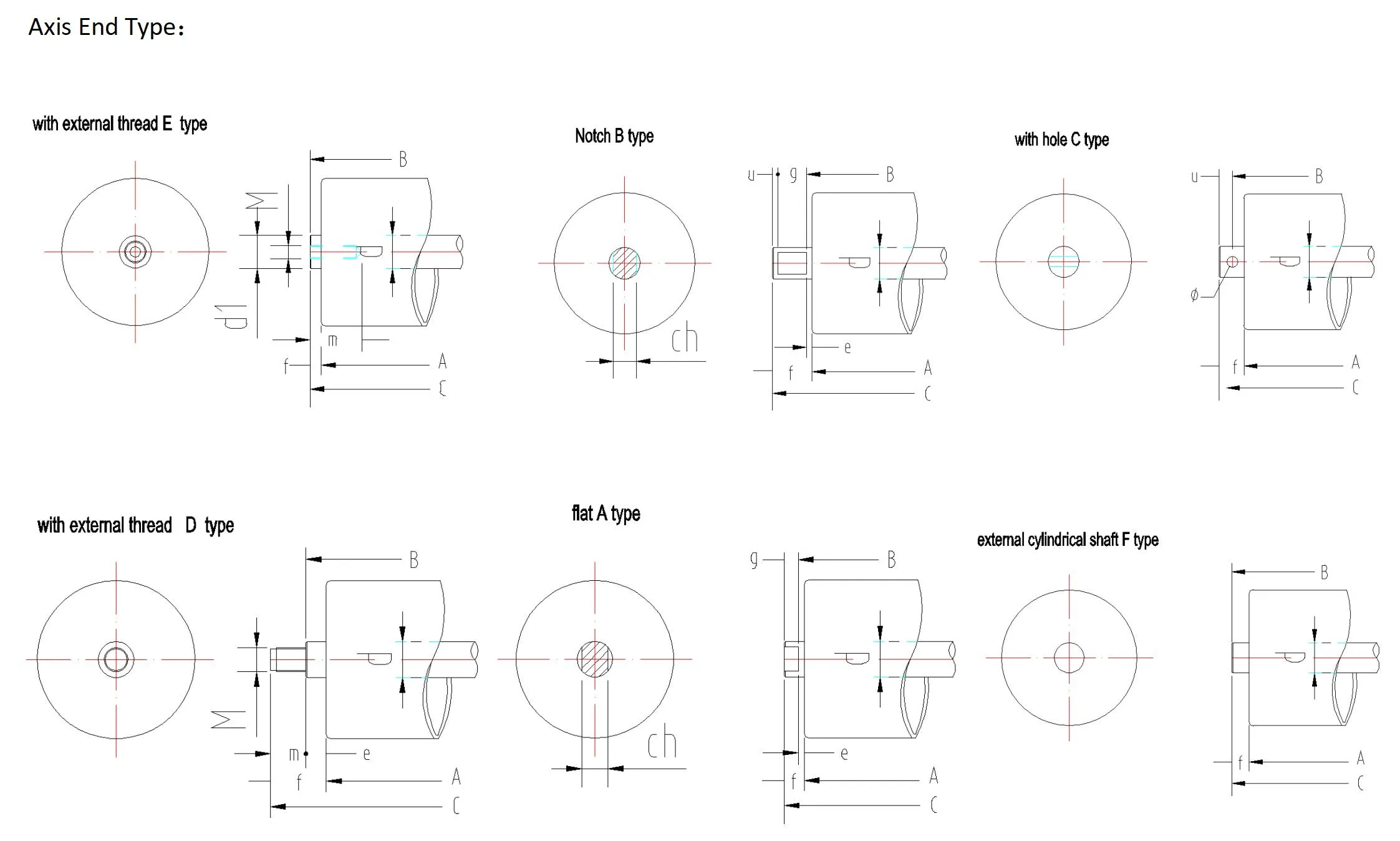 Afrikaans
Afrikaans  Albanian
Albanian  Amharic
Amharic  Arabic
Arabic  Armenian
Armenian  Azerbaijani
Azerbaijani  Basque
Basque  Belarusian
Belarusian  Bengali
Bengali  Bosnian
Bosnian  Bulgarian
Bulgarian  Catalan
Catalan  Cebuano
Cebuano  Corsican
Corsican  Croatian
Croatian  Czech
Czech  Danish
Danish  Dutch
Dutch  English
English  Esperanto
Esperanto  Estonian
Estonian  Finnish
Finnish  French
French  Frisian
Frisian  Galician
Galician  Georgian
Georgian  German
German  Greek
Greek  Gujarati
Gujarati  Haitian Creole
Haitian Creole  hausa
hausa  hawaiian
hawaiian  Hebrew
Hebrew  Hindi
Hindi  Miao
Miao  Hungarian
Hungarian  Icelandic
Icelandic  igbo
igbo  Indonesian
Indonesian  irish
irish  Italian
Italian  Japanese
Japanese  Javanese
Javanese  Kannada
Kannada  kazakh
kazakh  Khmer
Khmer  Rwandese
Rwandese  Korean
Korean  Kurdish
Kurdish  Kyrgyz
Kyrgyz  Lao
Lao  Latin
Latin  Latvian
Latvian  Lithuanian
Lithuanian  Luxembourgish
Luxembourgish  Macedonian
Macedonian  Malgashi
Malgashi  Malay
Malay  Malayalam
Malayalam  Maltese
Maltese  Maori
Maori  Marathi
Marathi  Mongolian
Mongolian  Myanmar
Myanmar  Nepali
Nepali  Norwegian
Norwegian  Norwegian
Norwegian  Occitan
Occitan  Pashto
Pashto  Persian
Persian  Polish
Polish  Portuguese
Portuguese  Punjabi
Punjabi  Romanian
Romanian  Russian
Russian  Samoan
Samoan  Scottish Gaelic
Scottish Gaelic  Serbian
Serbian  Sesotho
Sesotho  Shona
Shona  Sindhi
Sindhi  Sinhala
Sinhala  Slovak
Slovak  Slovenian
Slovenian  Somali
Somali  Spanish
Spanish  Sundanese
Sundanese  Swahili
Swahili  Swedish
Swedish  Tagalog
Tagalog  Tajik
Tajik  Tamil
Tamil  Tatar
Tatar  Telugu
Telugu  Thai
Thai  Turkish
Turkish  Turkmen
Turkmen  Ukrainian
Ukrainian  Urdu
Urdu  Uighur
Uighur  Uzbek
Uzbek  Vietnamese
Vietnamese  Welsh
Welsh  Bantu
Bantu  Yiddish
Yiddish  Yoruba
Yoruba  Zulu
Zulu pulley in conveyor belt
The Role of Pulleys in Conveyor Belt Systems
Conveyor belt systems are integral to various industries, from manufacturing to logistics. At the heart of many conveyor systems lie pulleys, which play a crucial role in the efficient operation and movement of materials. Understanding the function and design of pulleys in conveyor belts helps to appreciate their significance in industrial applications.
Definition and Function of Pulleys
Pulleys are simple machines that consist of a wheel on an axle or shaft designed to support movement and change of direction of force using a belt, rope, or cable. In the context of conveyor belts, pulleys are employed to drive the belt and facilitate the transport of goods over long distances. They work by transmitting power from the motor to the belt, creating the necessary movement for operations such as loading, unloading, and transporting materials.
Types of Pulleys in Conveyor Systems
There are primarily two types of pulleys used in conveyor belt systems drive pulleys and idler pulleys.
1. Drive Pulleys These are attached to the motor and are responsible for moving the conveyor belt. When the drive pulley rotates, the attached conveyor belt moves along with it, transporting materials from one point to another. Drive pulleys can be designed with various surface types, such as smooth or textured, to provide adequate friction for traction.
pulley in conveyor belt

2. Idler Pulleys These pulleys do not drive the belt but support it by maintaining its tension and direction. Idler pulleys are strategically placed throughout the conveyor system to help guide the belt and ensure stable operation. They also help to prevent belt misalignment, which can lead to wear and tear or even system failure.
Importance of Pulleys in Conveyor Efficiency
The design and selection of pulleys directly impact the efficiency and performance of conveyor belt systems. Factors such as diameter, material, and surface texture of the pulleys can influence the overall operation. Larger pulleys, for example, can reduce the friction and wear on the belt, extending its lifespan and improving energy efficiency.
Moreover, proper maintenance of pulleys is vital to prevent damages and ensure seamless operation. Regular inspections can identify issues such as wear, misalignment, or insufficient tension, which can lead to system downtime.
Conclusion
In conclusion, pulleys are essential components in conveyor belt systems, contributing to their functionality and efficiency. Understanding their roles and types allows industries to optimize their conveyor systems for better performance and lower operational costs. As technology continues to advance, the design and materials used in pulleys are likely to evolve, further enhancing the capabilities of conveyor belt systems. Thus, maintaining and upgrading pulley systems can lead to significant gains in productivity and reliability across various industrial applications.
-
Revolutionizing Conveyor Reliability with Advanced Rubber Lagging PulleysNewsJul.22,2025
-
Powering Precision and Durability with Expert Manufacturers of Conveyor ComponentsNewsJul.22,2025
-
Optimizing Conveyor Systems with Advanced Conveyor AccessoriesNewsJul.22,2025
-
Maximize Conveyor Efficiency with Quality Conveyor Idler PulleysNewsJul.22,2025
-
Future-Proof Your Conveyor System with High-Performance Polyurethane RollerNewsJul.22,2025
-
Driving Efficiency Forward with Quality Idlers and RollersNewsJul.22,2025





























